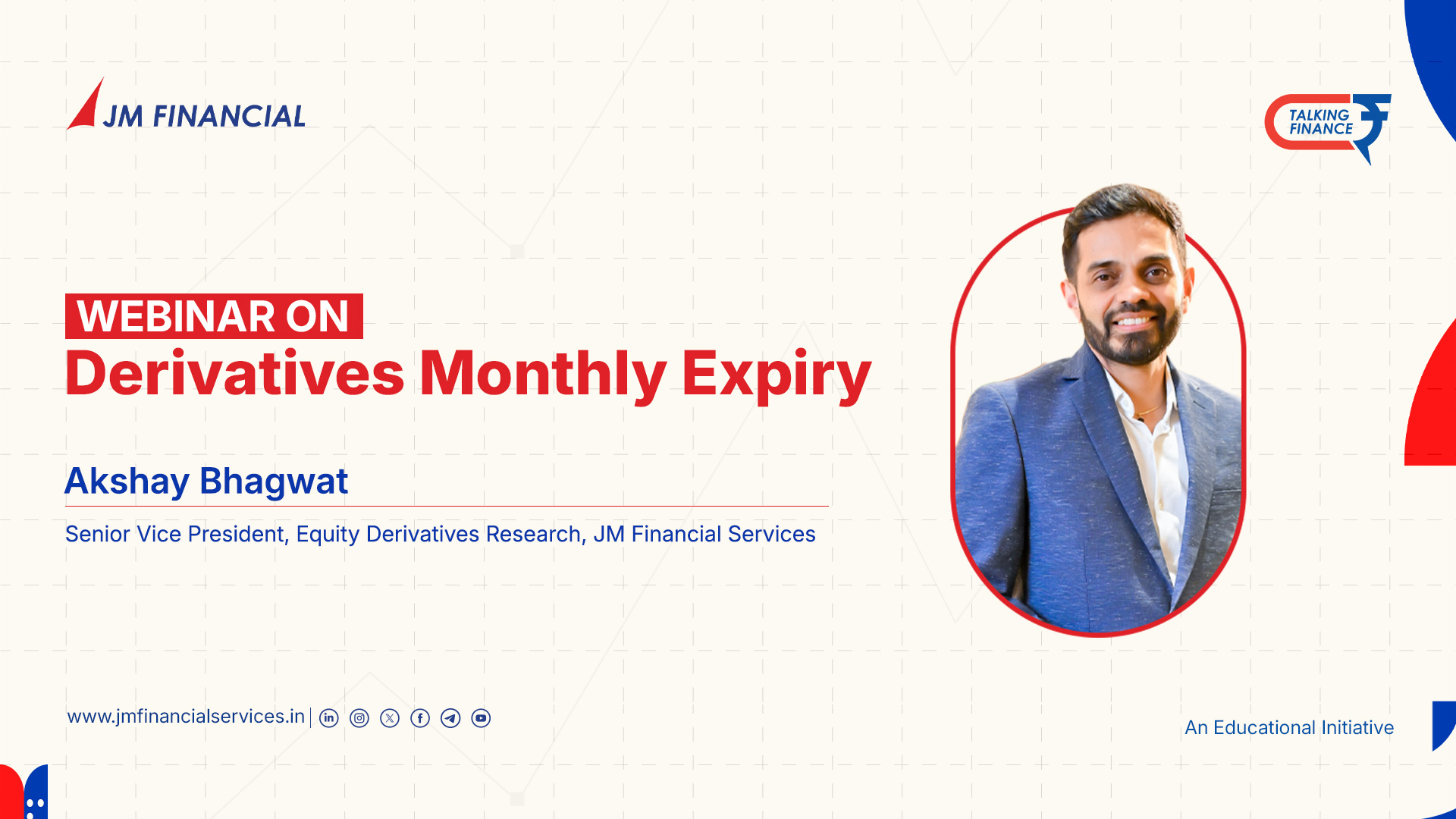How to Save Tax by Investing
Paying taxes is inevitable, but did you know you can legally reduce your tax outgo simply by investing your money wisely? Yes, the Indian Income Tax Act offers several provisions that allow individuals to save tax while growing their wealth. Whether you're a salaried professional or a business owner, using the right investment tools can make a big difference.
In this blog, we’ll break down simple, smart, and effective investment options that can help you save on taxes.
📌 1. Invest Under Section 80C – Your First Tax-Saving Ally
Section 80C is one of the most popular tax-saving options available. It allows you to claim deductions of up to ₹1.5 lakh per financial year. Here’s where you can invest:
✅ Equity Linked Saving Scheme (ELSS)
- Shortest lock-in period (3 years) among all 80C options
- Market-linked returns
- Ideal for those comfortable with moderate risk
✅ Public Provident Fund (PPF)
- Backed by the government
- Lock-in of 15 years (but with partial withdrawals allowed)
- Offers compounded, tax-free interest
✅ Employees’ Provident Fund (EPF)
- Automatically deducted for salaried individuals
- Contributions and interest are tax-free
✅ National Savings Certificate (NSC)
- Fixed income investment
- Lock-in of 5 years
- Interest is taxable, but re-invested interest qualifies for 80C
✅ Life Insurance Premiums
- Premiums paid for policies on self/spouse/children
- Ensure your policy is compliant to qualify for tax benefits
📌 2. Health Comes with Tax Benefits: Section 80D
Health insurance is not only a must in today’s world—it’s also tax-friendly.
- Deduction up to ₹25,000 for premiums paid for self, spouse, and children
- Additional ₹25,000 (or ₹50,000 if parents are senior citizens) for parents’ health insurance
Tip: Consider buying a top-up policy to increase your cover affordably and claim extra deduction.
📌 3. Invest in NPS – Save More Beyond 80C
The National Pension System (NPS) is another great way to save tax. It offers an additional ₹50,000 deduction under Section 80CCD(1B), over and above the ₹1.5 lakh under 80C.
- Tax-efficient retirement tool
- Partial withdrawal allowed for specific needs like marriage, education, or buying a home
- Lock-in until retirement
📌 4. Home Loan = Dual Benefit
If you’re repaying a home loan, you're eligible for deductions under two sections:
- Section 80C: Principal repayment (part of the ₹1.5 lakh limit)
- Section 24(b): Interest repayment (up to ₹2 lakh per year)
Additionally, first-time homebuyers may also benefit under Section 80EE or 80EEA (based on the loan amount and date of sanction).
📌 5. Tax-Free Bonds
Issued by government-backed entities like NHAI, REC, or PFC, these bonds:
- Offer fixed interest income
- Have a long maturity period (typically 10+ years)
- Interest is completely tax-free under Section 10(15)(iv)(h)
They’re a safe option for conservative investors looking for stable, tax-exempt income.
📌 6. ULIPs – Dual Benefit of Insurance & Investment
Unit Linked Insurance Plans (ULIPs) offer life cover and equity exposure under one roof. Premiums paid qualify for deduction under 80C, and maturity proceeds are tax-free under Section 10(10D) (subject to certain conditions).
However, check charges and lock-in periods before investing.
📌 7. Tax Saving through Capital Gains Exemptions
You can save tax on capital gains by reinvesting them in specific assets:
- Section 54: Reinvest capital gains from sale of residential property into another house
- Section 54EC: Invest capital gains in specified bonds (NHAI, REC) within 6 months of transfer
These options come with lock-in periods but help you legally avoid capital gains tax.
✅ Key Takeaways
|
Investment Option |
Max Deduction |
Lock-in/Condition |
|
ELSS |
₹1.5 lakh (80C) |
3 years |
|
PPF |
₹1.5 lakh (80C) |
15 years |
|
NPS |
₹50,000 (80CCD 1B) |
Until 60 years |
|
Health Insurance |
Up to ₹1 lakh (80D) |
Based on age and policy |
|
Home Loan |
₹2 lakh (24b) + ₹1.5 lakh (80C) |
Loan-related |
✨ Final Thoughts
Tax saving doesn’t need to be confusing or boring. With a bit of planning and the right mix of investment instruments, you can build wealth while reducing your tax liability. Start early, be consistent, and align your tax-saving choices with your long-term financial goals.
Your money works best when it's not just parked—it’s growing and saving tax at the same time.
FAQs :-
Q1. What are the best investment options to save tax under Section 80C?
Under Section 80C, the best investment options include ELSS mutual funds, Public Provident Fund (PPF), National Savings Certificate (NSC), life insurance premiums, and EPF. You can claim a deduction of up to ₹1.5 lakh annually.
Q2. How much tax can I save with NPS?
By investing in the National Pension System (NPS), you can claim an additional deduction of ₹50,000 under Section 80CCD(1B), over and above the ₹1.5 lakh limit of Section 80C.
Q3. Can I save tax by investing in health insurance?
Yes, under Section 80D, you can save tax by paying health insurance premiums. You can claim deductions up to ₹25,000 for yourself and an additional ₹50,000 if you are also insuring senior citizen parents.
Q4. Are ELSS funds better than PPF for tax saving?
ELSS funds offer higher return potential and have a shorter lock-in period (3 years) compared to PPF (15 years). However, ELSS carries market risk, while PPF offers guaranteed returns. Choose based on your risk appetite and goals.
Q5. Can I claim tax benefits on a home loan?
Yes. You can claim up to ₹2 lakh on interest repayment under Section 24(b) and up to ₹1.5 lakh on principal repayment under Section 80C of the Income Tax Act.
- PAN Card
- Cancelled Cheque
- Latest 6 month Bank Statement (Only for Derivatives Trading)





